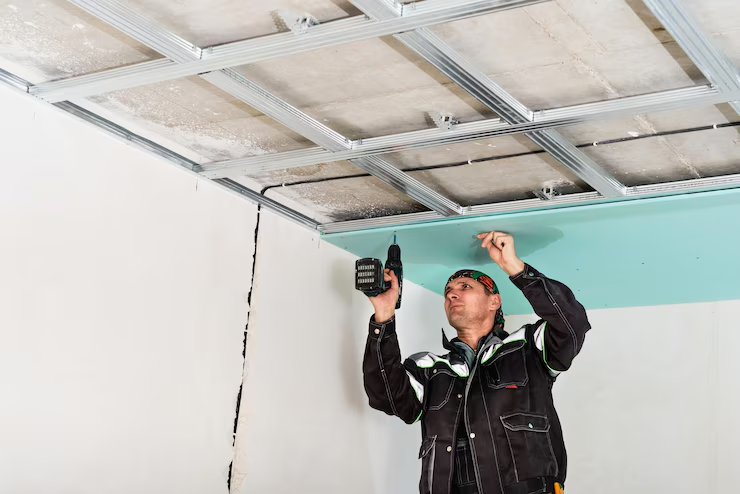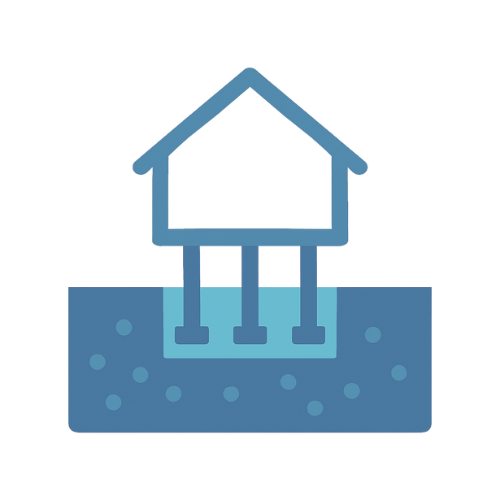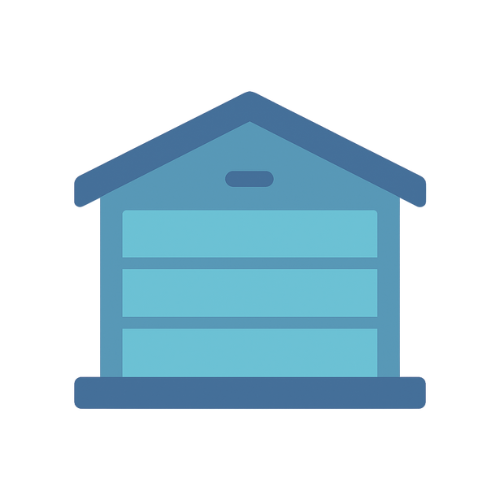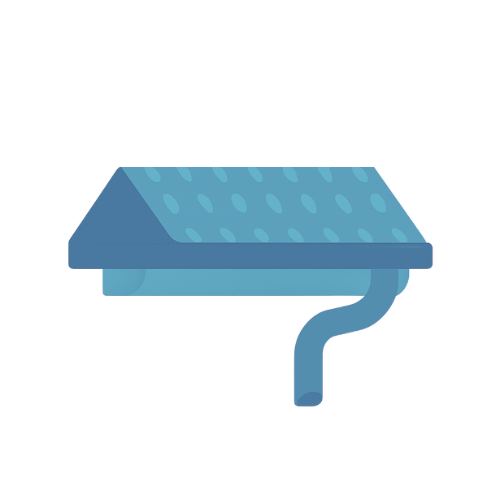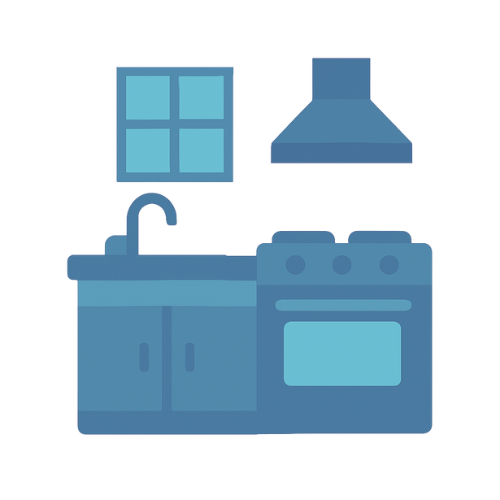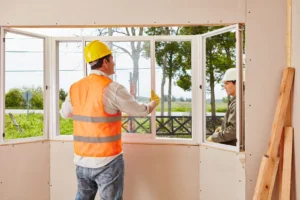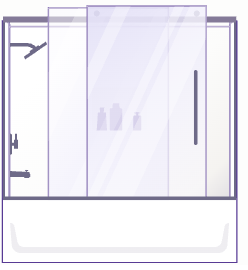Home Insulation 101: What You Need to Know Before You Install
Before diving into materials, pricing, or installation methods, it’s essential to understand why insulation matters in the first place. Think of insulation as your home’s silent guardian—working around the clock to create a more comfortable, efficient, and healthier living space.
At its core, home insulation functions as a barrier that slows the transfer of heat. In the winter, it keeps the warmth generated by your heating system from escaping through walls, ceilings, and floors. In the summer, it does the opposite—keeping unwanted outdoor heat from seeping inside. This thermal resistance, measured as R-value, is what helps maintain a stable indoor temperature throughout the year.
But comfort isn’t the only benefit. Proper insulation can dramatically lower your utility bills by reducing the demand on your HVAC system. It allows your heating and cooling equipment to work more efficiently—and that means less energy consumed and more money saved over time.
Beyond energy efficiency, insulation plays a role in sound control. It can reduce noise transfer between rooms and buffer sounds from the outside, which is especially helpful in multi-story homes or homes near busy streets.
Perhaps most importantly, insulation is a smart choice for the planet. By reducing your home’s energy consumption, you're also lowering its carbon footprint—a small but significant step toward more sustainable living.
Whether you're building a new home, remodeling, or simply trying to improve your current living environment, getting insulation right is one of the wisest investments you can make.
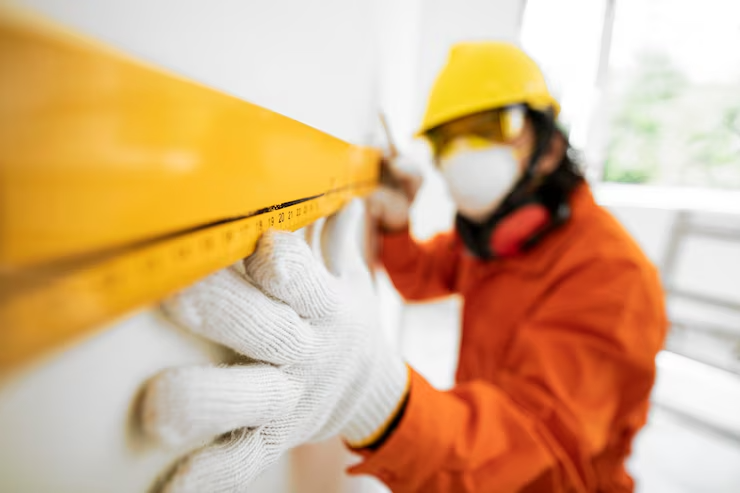
Frequently Asked Questions
Does home insulation help with soundproofing? +
How long does home insulation last? +
Types of Home Insulation
Selecting the right type of insulation depends on various factors, including the area of the home being insulated, budget, and specific performance needs.
- Fiberglass Batt Insulation: Commonly used in walls, attics, and floors; known for its affordability and ease of installation.
- Blown-In Insulation: Ideal for adding insulation to existing finished areas, irregularly shaped spaces, and around obstructions.
- Spray Foam Insulation: Provides excellent air sealing properties; suitable for hard-to-reach areas and offers a high R-value per inch.
- Rigid Foam Board: Used for insulating exterior walls, basements, and foundation walls; offers high insulating value with minimal thickness.
- Reflective or Radiant Barrier Insulation: Effective in hot climates; reflects radiant heat away from living spaces, commonly installed in attics.
How Much Does Home Insulation Cost in 2025?
The cost of home insulation varies based on the type of insulation, area to be insulated, and labor charges. Here's a general breakdown:
- Fiberglass Batt Insulation: Approximately $0.64 to $1.19 per square foot.
- Blown-In Insulation: Ranges from $1.00 to $2.80 per square foot.
- Spray Foam Insulation: Costs between $1.50 and $3.00 per square foot for open-cell, and $2.00 to $4.00 for closed-cell.
- Rigid Foam Board: Typically $0.70 to $1.50 per square foot.
Note: Prices are estimates and can vary based on location and specific project requirements.
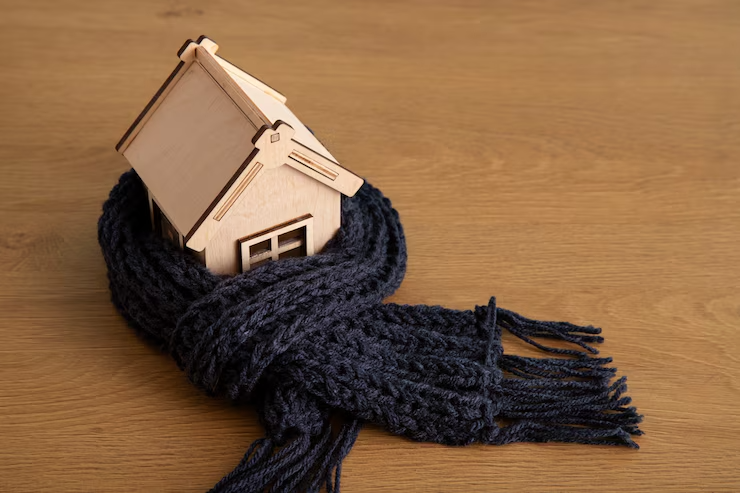
Frequently Asked Questions
Can insulation lower my heating and cooling bills? +
Is insulation safe for my family and pets? +
Can Insulation Be Added to My Existing Home?
Yes, insulation can be added to existing homes to improve energy efficiency and comfort. Common areas for retrofit insulation include:
- Attics: Adding or upgrading insulation in the attic is often the most cost-effective way to improve energy efficiency.
- Walls: Blown-in insulation can be added to wall cavities without major renovations.
- Basements and Crawl Spaces: Insulating these areas can prevent heat loss and moisture issues.
- Floors: Insulating floors above unheated spaces can enhance comfort and reduce energy bills.
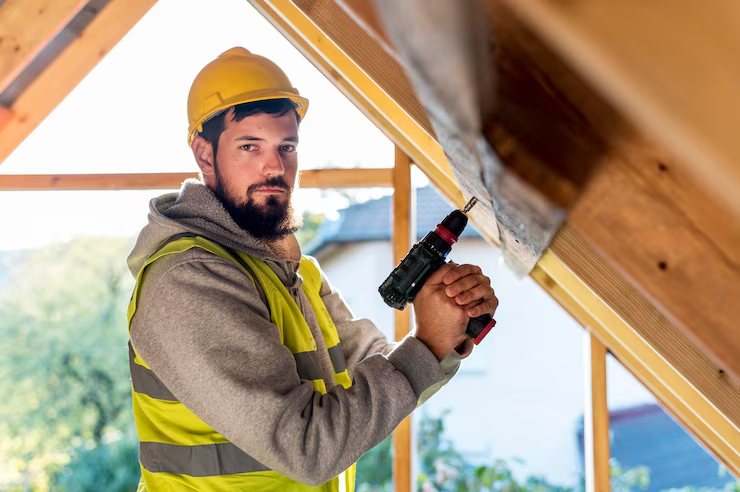
Frequently Asked Questions
Will adding insulation increase my home’s resale value? +
What are signs that my home needs more insulation? +
• Uneven temperatures between rooms
• High energy bills
• Drafts around doors/windows
• Ice dams on the roof in winter
• Hot walls or ceilings in summer
An energy audit can confirm insulation levels and recommend upgrades.
How Insulation Installation Works
The installation process involves several key steps to ensure optimal performance:
- Assessment: A professional evaluates your home's current insulation levels and identifies areas needing improvement.
- Selection: Choosing the appropriate insulation type based on the area, climate, and budget.
- Preparation: Sealing air leaks and preparing the area for insulation to maximize effectiveness.
- Installation: Applying the insulation material using appropriate techniques to ensure full coverage and proper fit.
- Inspection: Post-installation checks to confirm the insulation is correctly installed and performing as expected.
Professional installation is recommended to ensure safety and compliance with building codes.
How to Choose a Reliable Insulation Installer: Questions to Ask
When selecting an insulation contractor, consider the following questions:
- Are you licensed and insured?
- Can you provide references from previous clients?
- What types of insulation do you specialize in?
- Do you offer a warranty on your work?
- Will you conduct an energy assessment before installation?
Choosing a reputable installer ensures quality workmanship and long-term benefits.
